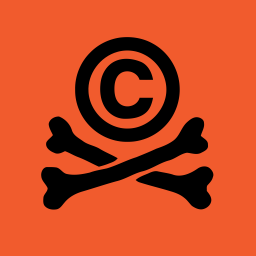- cross-posted to:
- news@lemmy.world
- news@beehaw.org
- brainworms@lemm.ee
- cross-posted to:
- news@lemmy.world
- news@beehaw.org
- brainworms@lemm.ee
cross-posted from: https://mander.xyz/post/11304633
Ozempic maker Novo Nordisk facing pressure as study finds $1,000 appetite suppressant can be made for just $5



You don’t need profit in the sense of making lots of extra money compared to how much money you actually put in. I would be very interested in how much net profit is compared to gross in relative numbers. It’s a lot in absolute numbers, but I suspect not so much in relative. The problem why drug development is so very expensive is that you don’t just pay large sums for the drugs that are developed, but also for all those that are not, because they prove not useful during the testing. And there is way, way more than the successful ones, perhaps 100 to 1? I don’t have numers at hand. So in the end, you have to charge a lot of extra money above the production cost if you want to have enough money to develop any drugs at all.
Of course, that isn’t true for old drugs. Which is a reason why generics are so much cheaper. And also why patents need to exist.
I’m sure pharma companies abuse the system as much as they can, but not as much as it might appear at a first glance.
This paper suggests you’re spot on that they’re not as profitable as other large companies, but they’re still making an awful lot of money on top of the necessary costs.
Wow, thank you, this is a great source! So less than 90% of the income is used to run the companies and do all the R&D. Honestly, that’s less than I thought and shows how greedy they are. If I read it right, they are more profitable than other large companies. Wow. So a state-owned non-profit pharma company could in theory produce new medicine 10 % cheaper and still be fine. Provided that state-owned company could be as efficient as a private one…
Sorry, you’re quite right - I misread it to begin with.